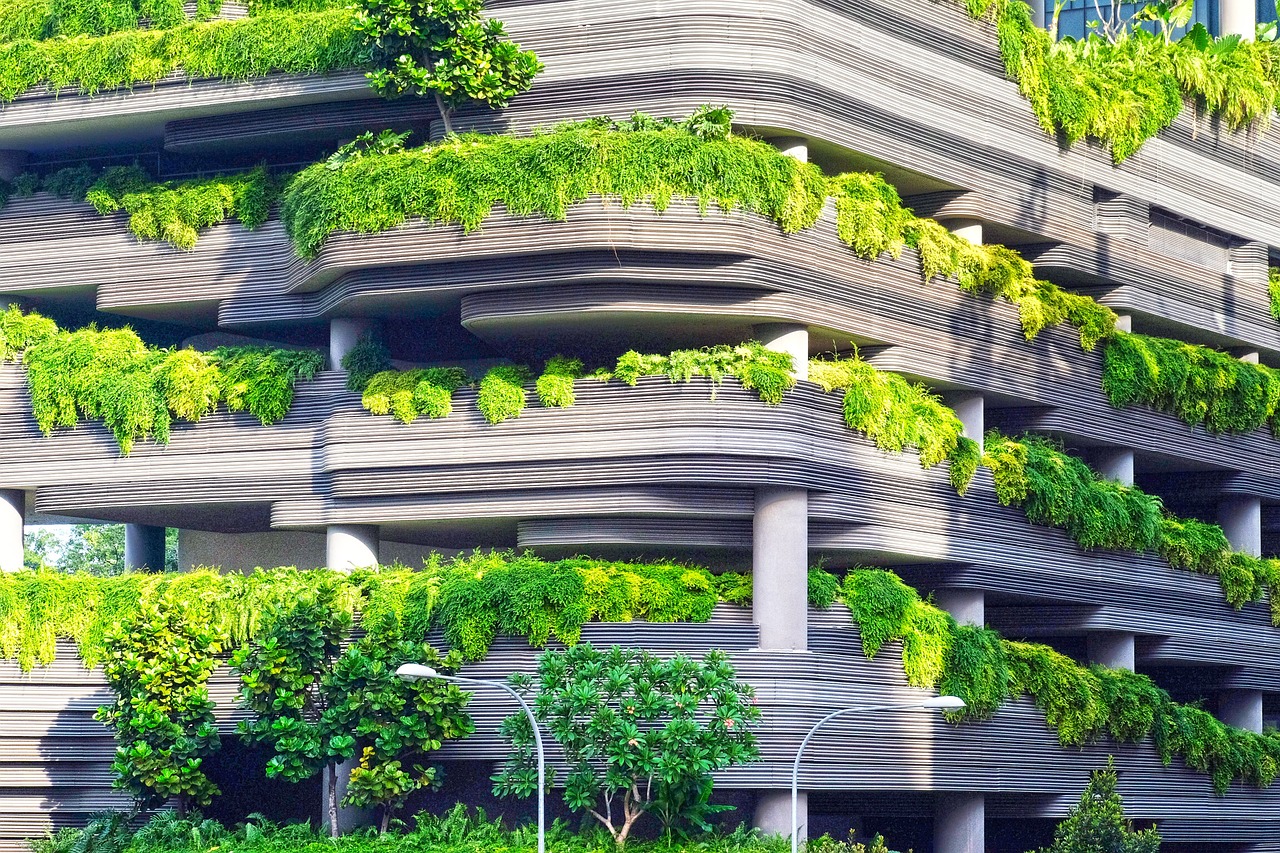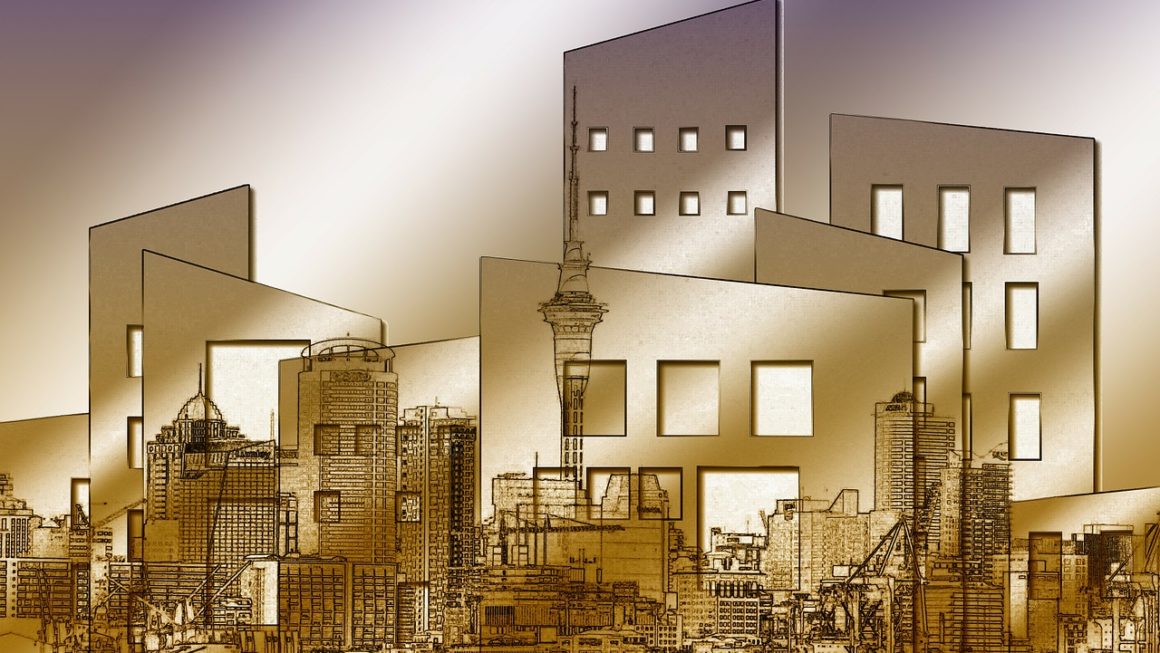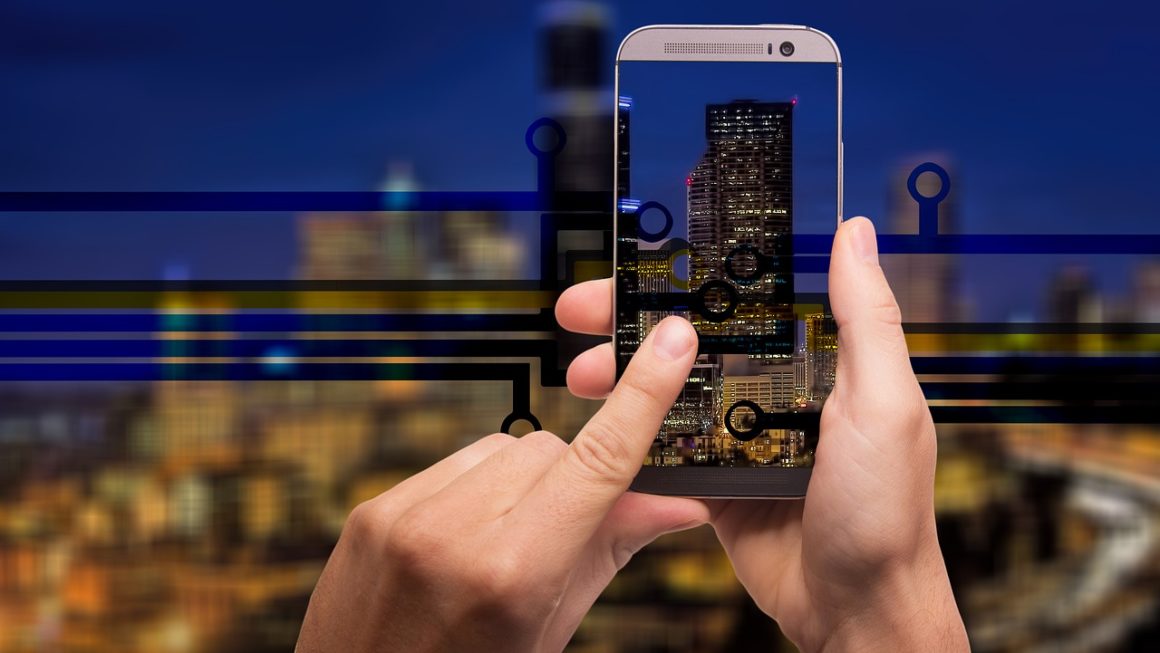Each day we are reminded about our effects on the environment. In the last century alone, humans have polluted the Earth so much that they single-handedly caused worldwide climate changes which could be irreparable if we don’t act fast. The infrastructure industry is largely responsible for these climate changes, on account of producing almost one-quarter of the world’s CO2 emissions. And there is no easy way out, no BetYetu Coupon Code for quick-fixing the Earth.
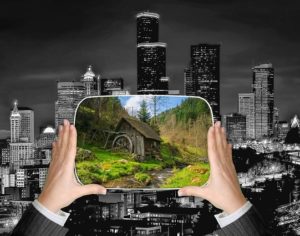
However, it seems that we have learned our lesson (at least to a certain degree) and that we are starting to look towards eco-friendly solutions in all aspects of our lives. Apart from banning plastic bags, making electric cars, and fighting against large-scale deforestation, we also began looking for ”green” solutions in architecture.
Everybody seems to be chipping in, regardless of the effects these eco-friendly efforts can have on a business. Even casinos started to promote green solutions by reducing food waste, creating parking facilities for electric cars, banning the use of plastic materials, and more.
In this article, we will explore the latest architectural eco-friendly trends that can help save our planet and stop damaging our climate systems.
Renewable Energy
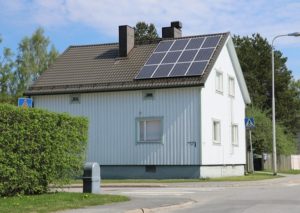
Modern buildings are known for their high energy consumption, and some estimates show that they account for around 40% of the total consumption of energy in the world. There is something called near net-zero energy which essentially means that homes and buildings are built to minimize their energy consumption in order to reach net-zero.
The way they do this is by having in-house renewable energy systems which can guarantee a self-sustaining operation. Some sustainable energy solutions include heat pumps, hybrid air conditioning, and solar panels, among other things.
Smart Tech

AI-driven gadgets in our home have the purpose of making our lives more convenient. What we earlier had to do manually can now be automatically done for us by bots. Nevertheless, smart homes are not there just to help us have easier lives. They can also help us save energy in the house.
For example, a TV can be automatically turned off when being idle for some time, AC can be adjusted to turn off when the room temperature reaches a certain level, lightbulbs can be dimmed during night time and turned off in the morning, and so on.
Smart tech also helps engineers and architects during the planning process, as it can give them crucial data on how to build more efficient constructions.
Health Promotion
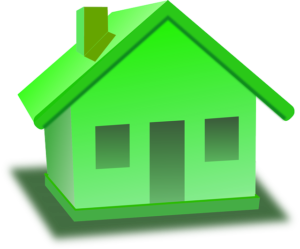
Apart from having a positive effect on our environment, “green” buildings are also beneficial to the health of their residents. Our busy modern lives force us to spend most of our day indoors, which can ultimately lead to various health issues.
Experts agree that green indoor spaces improve our cognitive functions, making us more productive and healthier. Eco-friendly buildings should be designed to have good circulation of air, noise protection, natural light sources, and most importantly, they should be built with natural building materials. According to the biophilia hypothesis, humans tend to seek connection with nature on a subconscious level, and ultimately feel and function better when they are in the natural surroundings.
Each green building should also have a recreational center, thus promoting a healthier lifestyle. The wellbeing of the building’s users will therefore go to great lengths in creating a more sustainable population.

